Changes in Earth's Geomagnetism May Indicate We're in a Magnetic Excursion
- Zacharias

- Sep 18, 2021
- 7 min read

Abstract: An ongoing major planetary shift that has been outside the public spotlight is the accelerating weakening of Earth’s magnetic field along with a measured acceleration in the Earth’s magnetic pole movement. While completely outside of climate science, major governmental scientific agencies have been uable to predict the cause nor the rate of change in Earth’s shifting magnetic field. This article will provide all the facts of this ongoing change.
The evidence gathered from major scientific journals, institutions, and organizations, when combined together, indicates that the Earth may currently be in a geomagnetic excursion. A magnetic excursion is simply a major change in the magnetic field of the Earth, similar to that of full magnetic reversals, but less extreme. Ties between magnetic excursions and biosphere stresses have been observed in multiple instances within Earth’s recent past, raising question about the connections between the possible current magnetic excursion, climate change, and what is still to come as the process continues to accelerate.
Earth’s Magnetic Field has been Weakening for 400 Years
The most important aspect of Earth’s changing magnetic field is these changes have been occurring for hundreds of years. Specifically, the weakening of Earth’s magnetic field began in the 1600s and has since only accelerated in this change (1). The World Data Center for Geomagnetism in Kyoto (WDC Kyoto), operated by Kyoto University in Japan, has provided data demosntrating this visible weakening of the field (2). The data for 1600–2000 is presented below:
The first image on the upper left of the above data is the magnetic shield strength in 1600. From left to right shows the changes observed in 1700, 1800, 1900, and 2000. There a few important takeaways from this data, curtesy of WDC Kyoto. The first is the obvious significant weakneing that has occurred from 1600–2000. The blue and green areas in the data above showcase where shield strength is weak. The white, pink, and orange areas visible in the first few frames demostrate where the magnetic shield strength is strongest (1,2). Additionally, notice where the shield strength is at its weakest — in the western hemisphere right around the South American continent. This will be an important factor when considering the data to come. With this data it is easily visualized how Earth’s magnetic field has indeed been weakening for 400 years. The European Space Agency (ESA) and The National Aeronautics and Space Administration (NASA) have also been tracking and documenting these changes. In 2014, the ESA gave updates from the data collected from their Swarm satellite constellation. Swarm had gathered crucial data about the magnetic field and also indicated that the Earth’s magnetic field was rapidly weakening above the South American continent (3).

The above image was provided by the ESA in 2014. The image clearing demonstrates two things. The first is that the magnetic field is weakening tremendously around the South American continent as shown by WDC Kyoto. Also, the image clearly shows that the field appears to be strengthing on the opposite side of the world from South America in the Indian Ocean (3). At the end of 2019, scientists were forced to either abandon original models of Earth’s changing magnetic field or initiate signficant changes to the models to incorporate the accelerating nature of the phenomena (4). NASA has suggested that the anomaly in the magnetic field is due to effects stemming form the Earth’s core due to complex internal forces (5) and also suggests that magnetic anomalies have nothing to do with climatic changes being observed currently on Earth (6). There are some blantantly wrong conclusions drawn from NASA on this subject. They note that the last geomagnetic excursion was 42,000 years ago during the Laschamp event. This is completely incorrect. The last geomagnetic excursion that occurred on the planet happened 12,000 years ago during the Younger Dryas period and the Gothenburg magnetic excursion. Magnetic excursions can and often occurr without complete flips in the Earth’s magnetic fields and this widely documented in the scientific literature on the subject. These are all the well documented magnetic excursions that have occurred in recent Earth’s history:

The most significant and well documented events are the Gothenburg, Lake Mungo, Mono Lake, Laschamp, Vostok, and Toba events all of which NASA completes ignores. Additionally, according to NASA (6), the ionosphere has a statistically insignificant effect on the lower atmosphere and weather of the planet even though they do acknowledge that the solar winds and cosmic energy originating from the Sun & entities in space do impact the magnetosphere, becoming trapped in the Van Allen belts and bouncing between the poles (5). They also correctly demonstrate how increased energy from these sources can penetrate the Earth’s atmosphere (5). The scientific literature has clearly shown us that particle forcing, solar winds, and cosmic energy do have an immediate impact on the lower atmosphere of Earth and subsequently effect Earth’s weath patterns and cloud cycles using the very same mechanics that NASA themselves acknowledge about the Earth’s geomagnetic relationship with the outer celestial system (7,8,9,10,11,12,13). The ESA on the other hand has acknowledged in 2020 that not only does the South Atlantic Anomaly remain unsolved, but that the accelerating weakening of the magnetic field should pose more questions and raise more concerns than NASA is clearly displaying (14). Released in the same report is the following graphic showing their Swarm satellite’s data acquisition of the weakening magnetic field:
In the above visual, the white dots are places in which the Swarm probes had conducted a geomagnetic reading. Note the immense weakening of the shield at the spot of the South Atlantic Anomaly over the South American continent and the strength of the shield south of Australia stemming from Antarctica. With all this information in mind, the final piece that NASA leaves out in their observations of the weakening magnetic field is the rapid acceleration of the magnetic poles. This will be covered in detail in the next section. At this point, judging by the immense literature showing how NASA is incorrect in their analysis from contradictory evidence provided by major journals and other agencies, it is safe to move past their hypothesis at this time. As the ESA has suggested, this weakening in the magnetic does in fact NOT have a clear answer nor is the premise of solar particle forcing on Earth’s climate as the field continues to rapidly weaken. It is same to assume that both of these issues are still unsolved and require further analysis.
The Earth’s Magnetic Poles are Rapidly Moving
The second important piece of these major observable geomagnetic changes is the rapid movements of the poles. The Earth’s magnetic north pole is the most prominent example of the rapid shift in which it is embarking. In 2020, the ESA released this data set and visual showing how the movement of the north pole is now accelerating tremendously towards Siberia (15):
As clearly shown in the video, the magnetic north pole is rapidly accelerating at a pace that has baffled observers. Additionally, per NOAA, the magnetic south pole has already left the continent of Antarctica and is racing northward (16). While not moving quite as fast as the magnetic north pole, in the south the pole has cleared been on a path northward towards the north pole which is now racing that direction as well. Check out this graphic below: Note the location of the magnetic south pole in the above graphic. Precisely where the ESA and WDC Kyoto are clearing demonstrating there is a signficant strengthening in the Earth’s magnetic field is where the magetic south pole currently is. Additionally, the South Atlantic Anomaly is precisely on the opposite side of the planet in which it is projected that the poles will collide should they stay on their correct projected paths. Take a look at this graphic again:

Now knowing where the magnetic field is weakening, where it is strengthening, and the current geographic movements of the magnetic fields, once again we get this inevitable picture. In the above image, the blue dots represent the current locations of the magnetic poles and the arrows represented the trajectories they are currently on. The poles appear to be on a path to cross somewhere in the Indian Ocean — most notably the Bay of Bengal. Additionally, the South Atlantic Anomaly is again on the exact opposite side of Earth from the Indian Ocean. At this time these are the best available facts that we have on this ongoing geomagnetic anomaly. Not only should scientists around the world be familiar with this data, but signficantly more inquiry is required to improve upon the knowledge of what is occurring now.
Summary
This is currently what we can safely summarize about Earth’s changing geomagnetism. First off, the Earth’s magnetic field is absolutely weakening, most notably at the South Atlantic Anomaly near the South American continent. This weakening is accelerating so much so that models have had to be abandoned or altered. The magnetic poles themselves are accelerating in their movements, not remaining stable nor slowing down. Their current trajectories are currently on a path to meet precisely on the opposite end of the planet from the currently observed weakening in the shield, indicating that the magnetic shield is actually pulling around with the poles. Additionally to this information, there is substantial evidence that showcases the Earth has experience 6 extremely well-documented magnetic excursions over the past 72,000 years with each event occurring between 10,000 and 13,000 years from the last. This has been shown to follow this pattern that also aligns perfectly with notable volcanic events or significant biosphere stresses. The last of such events occurred during the Younger Dryas period that directly preceeded our current (until the last few hundred years) relatively stable climate. Evidence is suggesting that the Earth is current in a geomagnetic excursion right now and has been for over 400 years. With notable ties between geomagnetism, the global electric circuit, and documented direct connections between these forces and the weather on Earth, climate change may be a factor associated with this magnetic excursion despite what NASA says about the subject. Hundreds of more examples not listed within this article do in fact support the hypothesis that the Earth is already in a magnetic excursion that appears to be rapidly accelerating. With this in mind, it is important to note that signficantly more inquiry into these areas is essential to improving understanding of the signficant geomagnetic changes the Earth is currently facing right now.
Resources
http://wdc.kugi.kyoto-u.ac.jp/igrf/anime/index.html
http://wdc.kugi.kyoto-u.ac.jp/index.html
https://www.esa.int/Applications/Observing_the_Earth/Swarm/Swarm_reveals_Earth_s_changing_magnetism
https://www.ncei.noaa.gov/news/world-magnetic-model-out-cycle-release
https://www.nasa.gov/feature/nasa-researchers-track-slowly-splitting-dent-in-earth-s-magnetic-field
https://climate.nasa.gov/blog/3104/flip-flop-why-variations-in-earths-magnetic-field-arent-causing-todays-climate-change/
https://agupubs.onlinelibrary.wiley.com/doi/full/10.1002/2013JA019237
http://www-pw.physics.uiowa.edu/~dag/publications/1968_VLFEmissionsDuringMagneticStormsAndTheirAssocWith40keVElectrons_JGR.pdf
https://www.sciencedirect.com/science/article/abs/pii/S1364682618305765
https://www.researchgate.net/publication/335844262_Space_weather_and_hurricanes_Irma_Jose_and_Katia
https://www.sciencedirect.com/science/article/abs/pii/S1364682621001590
https://www.sciencedirect.com/science/article/pii/S0169809506001797
https://www.princeton.edu/news/2018/01/10/spotty-coverage-climate-models-underestimate-cooling-effect-daily-cloud-cycle
https://www.esa.int/Applications/Observing_the_Earth/Swarm/Magnetic_north_and_the_elongating_blob
https://maps.ngdc.noaa.gov/viewers/historical_declination/
Article Citation: Lorance, Z. (2021). Changes in Earth’s Geomagnetism May Indicate We’re in a Magnetic Excursion. Future Humanity Library. September 18, 2021.



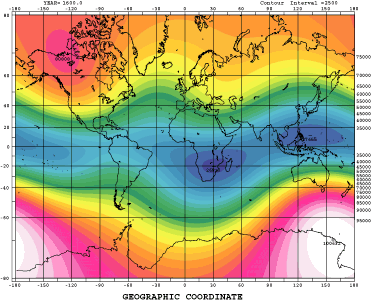
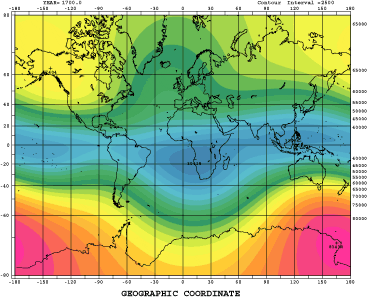
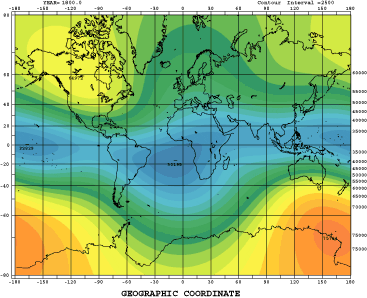
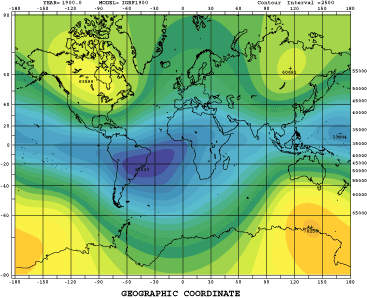
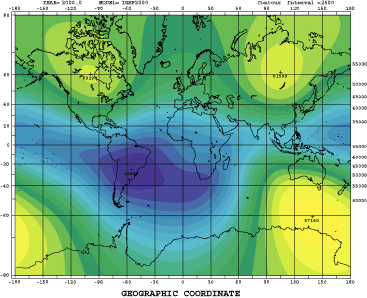

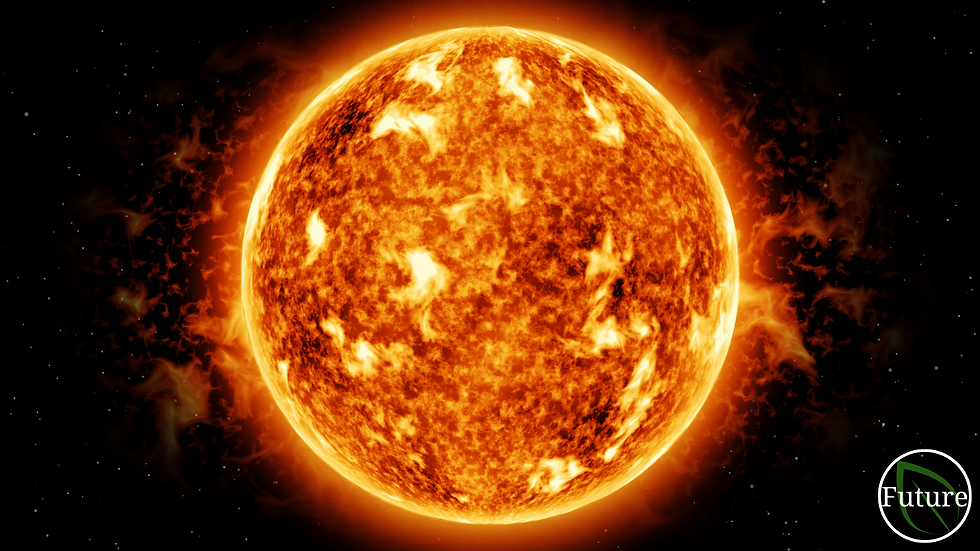
Comments